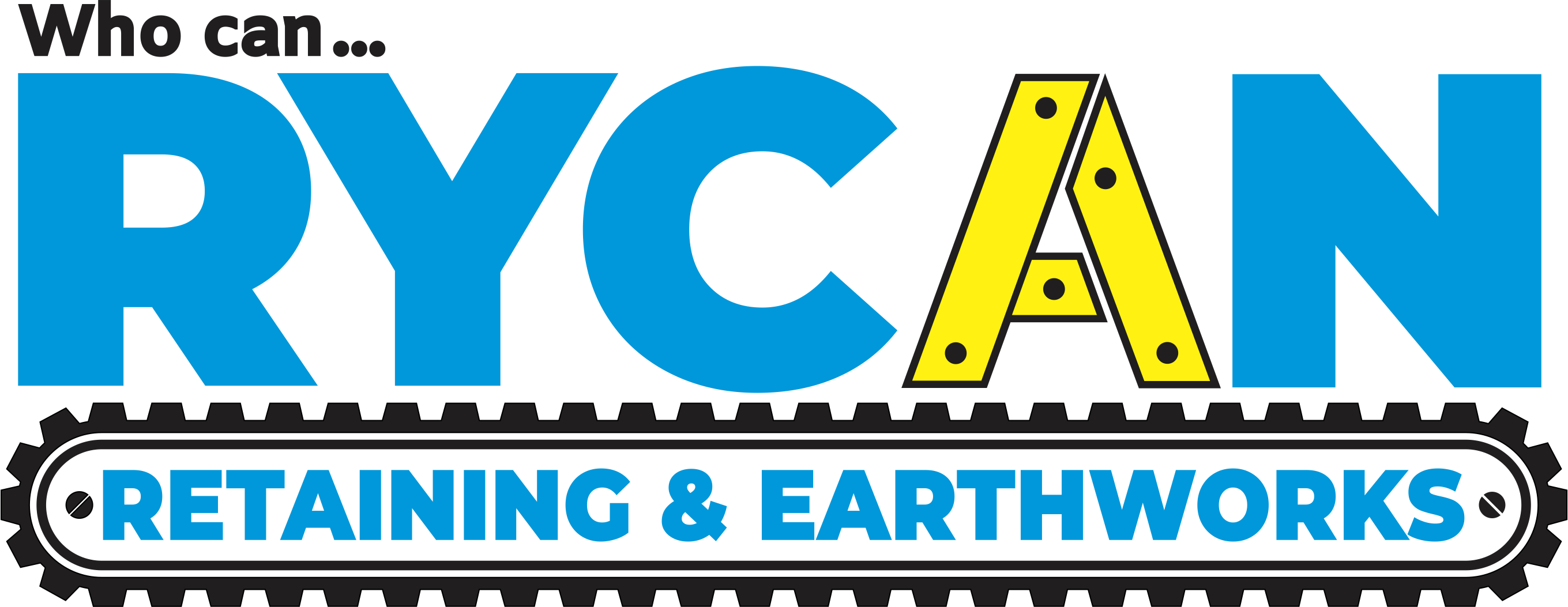If you’re planning to build a retaining wall on your property in Queensland, it’s essential to understand when council approval and engineering documentation are legally required. Here’s a clear breakdown to help you stay compliant and avoid costly mistakes.
 When Is Approval Required?
When Is Approval Required?
You’ll need engineering plans, council approval, and a licensed builder if your retaining wall meets any of the following criteria:
- Height: The wall (including any fill or cut it retains) is over 1 metre above the natural ground level.
- Surcharge Loading: The wall supports the foundation of a structure (e.g., house, shed, pool, or fence) located on top of or within 1 metre of the wall.
- Proximity to Structures:
- Within 1.5 metres of a building, shed, or another retaining wall.
- Within 3 metres of a pool.
- Forms part of a pool fence.
- Within 3 metres of underground utilities or an easement.
![]() Refer to the Building Regulation 2006 (Schedule 1 Section 3) for official definitions.
Refer to the Building Regulation 2006 (Schedule 1 Section 3) for official definitions.
 Local Council Guidelines
Local Council Guidelines
The Ipswich City Council provides a helpful Retaining Wall Information Pack that also applies to Brisbane City Council residents. It outlines local laws, approval processes, and construction standards.
 Pro Tips for Planning Your Retaining Wall
Pro Tips for Planning Your Retaining Wall
- Observe Your Neighbourhood
- Drive around your suburb and take note of the types of retaining walls nearby. If you see mostly gravity walls (e.g., sandstone, boulder, gabion cages), your area likely has rocky soil. This can make piered walls (e.g., concrete sleepers with steel posts) more expensive due to drilling requirements.
- Assess Your Site
- Limited space or boundary fences? You’ll likely need a piered wall.
- Open space with good access? A gravity wall may be more cost-effective.
- Overhead obstacles? Watch out for powerlines or large trees that could interfere with construction.
- Dial Before You Dig
- Use Dial Before You Dig to check for underground services. While it may not show exact infrastructure within your boundary, it can reveal nearby service lines and easements that affect your plans.
- Gather Existing Documents
- If you have:
- Soil test report
- Building approvals or plans
- Utility plans
- Survey plans
- If you have:
…these can save you time and money during the design and approval process.
 Need Help Navigating the Process?
Need Help Navigating the Process?
Whether you’re building a retaining wall for landscaping or structural support, understanding the rules is key. If you’re unsure, contact Rycan Retaining and Earthworks to ensure your project is safe and compliant.

